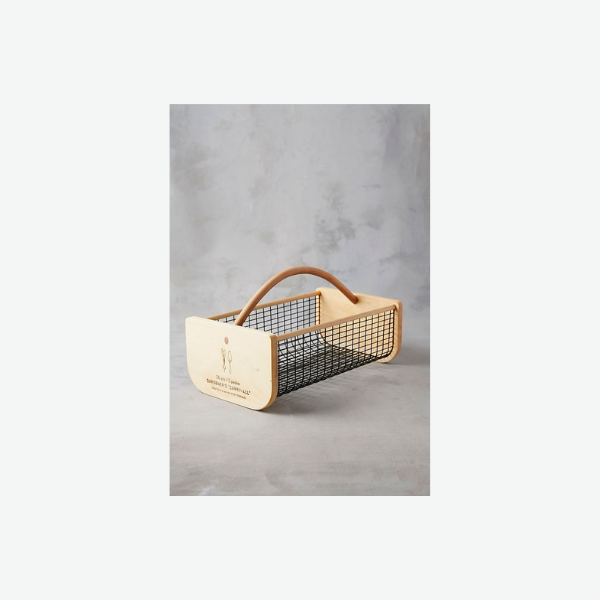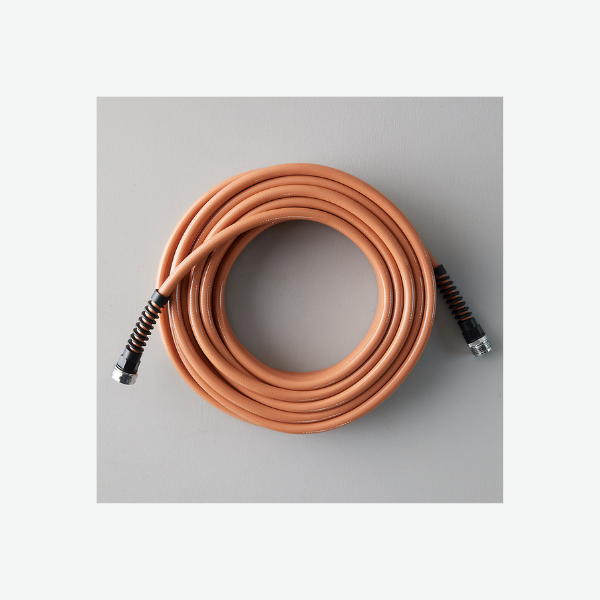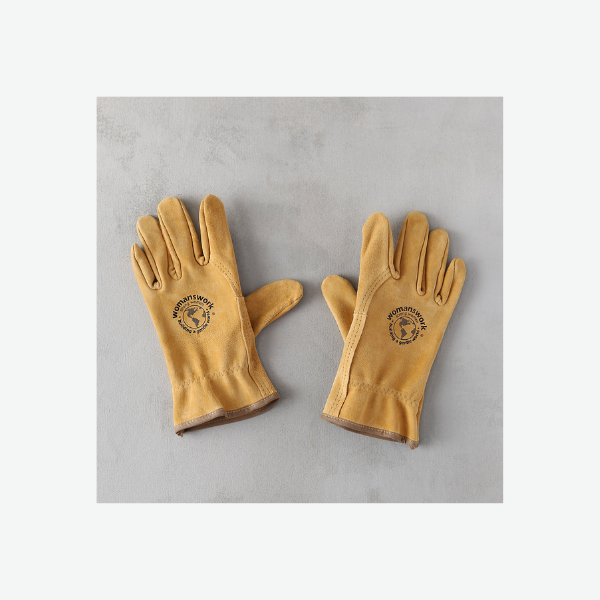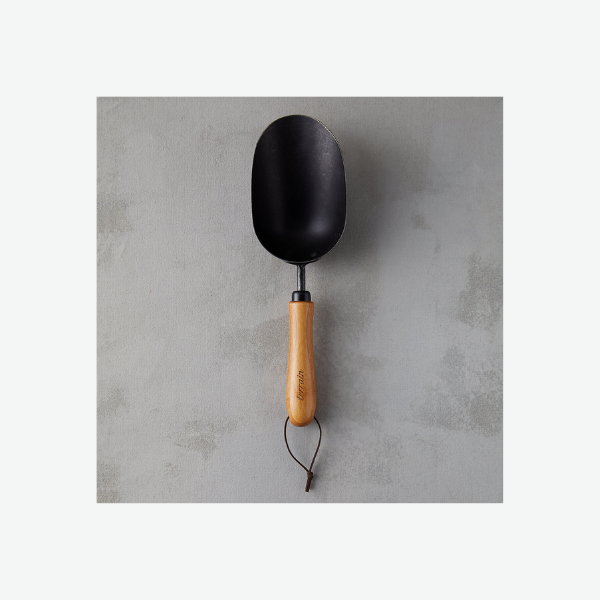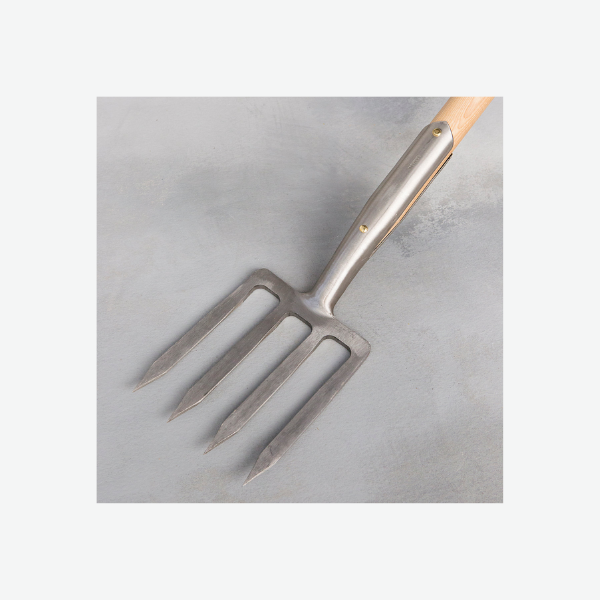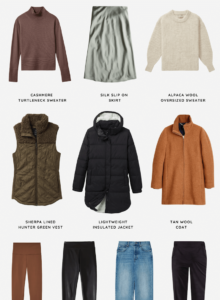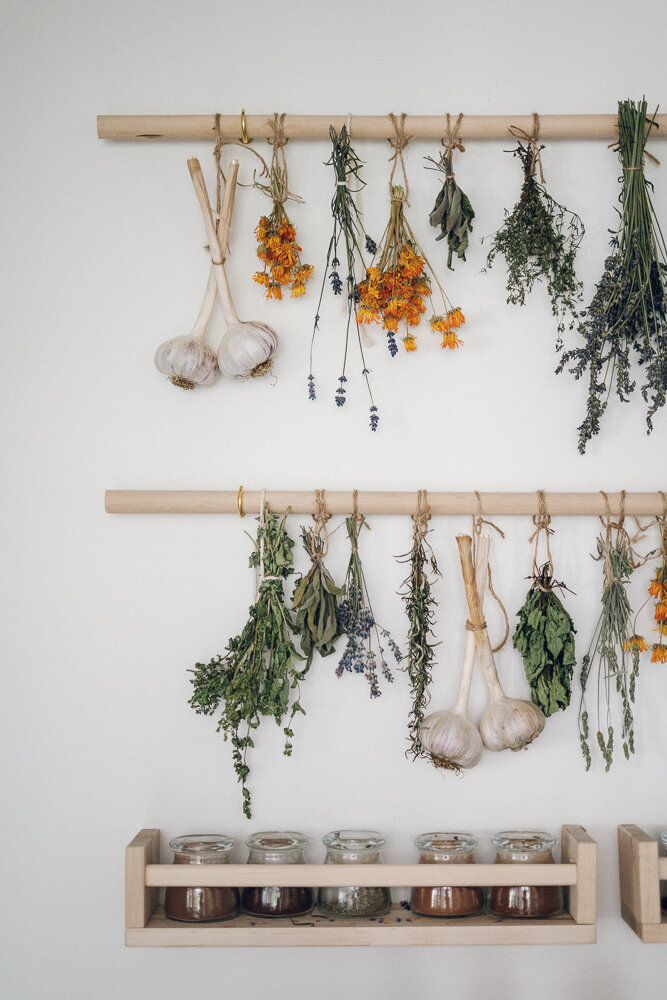Looking to start container gardening? This guide will walk you step-by-step through everything you need to know to start container gardening for beginners.

Container Gardening For Beginners
For beginners looking to start container gardening or those with only small patio spaces or yards to grow in, container gardening can be one of the best ways to garden, and you will be amazed by just how much you can really grow in containers!
Almost anything can function as a container, from an old wheel barrel to a galvanized tin bucket. The beauty of container gardening is that it allows you to be creative, and if you have a big enough container you can grow pretty much anything!
But for those folks who are just getting started, container gardening can feel a little bit overwhelming. Depending on how large you want your container garden to be, gathering all the necessary tools and materials can be a bit of an investment, but moving forward container gardening can help you can hundreds of dollars on fresh herbs, flowers, and produce that you now are capable of growing your own.
With organic and heirloom seed packets costing less than $5 on average and yielding an abundance of food, learning how to container garden is one of the best ways that you can feed yourself and your family organic, nutrient dense foods and save a ton of money in the process.

Container Gardening For Beginners: Ideas To Get You Started
These container planting ideas are just a few examples of the many different ways that you can grow an abundance of food in containers, especially if you are willing to get a little creative.

Window Box Container Gardening
All of the following plants can do really well growing in window boxes and are a great option for folks living in the city with minimal outdoor space.
- Lettuce
- Spinach
- Mint/Lemon Balm (just watch out they will take over the entire window box)
- Basil
- Nasturtiums
- Pansies
- Geranium
- Sage
- Hanging cherry tomatoes
- Everbearing Strawberries
- Bush/Hanging Cucumbers (look for mini varieties)
Patio Container Gardening (Full & Partial Sun)
One of my favorite ways to grow a container garden is right on a patio or balcony that can make access from your garden to your kitchen a lot easier! I personally love being able to just walk out onto my patio and snip fresh lettuce, herbs, and garden grown tomatoes to use for dinner!
Below are some of my favorite plants that we grow in our patio container garden and that do really well!
Flowers
- Calendula
- Nasturtiums
- Pansies
- Marigold
Herbs
- Basil
- Oregano
- Cilantro
- Tarragon
- Thyme
- Lavender
- Rosemary
- Dill
- Parsley
Vegetables/Fruit
- Eggplant
- Peppers
- Poll beans
- Spinach
- Lettuce
- Swiss chard
- Cherry tomatoes
- Vine tomatoes (hanging)
- Everbearing Strawberries
- Radishes
- Scallions

Container Gardening For Beginners: 7 Simple Steps To Get Started
There are endless possibilities when it comes to container gardening that can range from a few simple and affordable containers to complex and more expensive systems. So before you get started, it is always a good idea to brainstorm what your ideal container garden would look like, and what your budget is for this year!
If you have a small budget or are a first time container gardener, starting small and grow from there I would argue is the smartest option. I also find that utilizing your local gardening store and online second hand outlets list craigslist and facebook marketplace are great places to find affordable containers, and gardening supplies.
Step One: Make A Plant “Wish List”
When you are first starting out you will quickly find that your container garden can get quite expensive. So my best advice is to start small and make a container garden wish list.
Once you have your list now it is time to shop for containers. I would recommend writing the number of plants you wish to grow and the necessary container size next to each of your “wish list” plants. This way when you are at the store you will easily be able to prioritize how you are spending your garden budget.

Step Two: Choose The Right Garden Containers
The size of the containers you use will be dictated by the kind of plants you want to grow. Remember that when it comes to container gardening the container you plant in is the only home for this plant.
If you want your plants to grow healthy and provide an abundance of fruit then you have to make sure the container you plant them in is large enough.
Types of Container Garden Pots
- Terra Cotta Containers: Terra cotta containers are some of my favorite to plant in. They look beautiful in a garden but they do have their downside. They can be more expensive and heavier to move and are breakable. They also get very hot and can bake easily in the sun so they may require more frequent watering.
- Ceramic Glazed Containers: Ceramic containers are similar to terra cotta containers and once again look beautiful in a garden. They tend to hold moisture a little better due to the glaze on the container. These pots wont typically get as hot as terra cotta containers, but they are usually more expensive. In my opinion they are a great investment but may be too expensive to do an entire garden of.
- Plastic: Plastic is going to be the cheapest option and is the lightest to move around. My only issue with plastic containers is that they are viewed as disposable. If you choose to purchase them for your garden make sure you use them year after year.
- Wood: Wooden containers, especially raised bed containers are beautiful in gardens. These planters are on my wish list for our garden next year!
- Cement: Cement planters are expensive but incredibly durable. Best to choose for more permanent containers that you don’t plan to move around.
Ultimately, almost anything can be turned into a container. I personally love the more unexpected options to bring some character into your garden. The most important point is that whatever you are using it is large enough for your plants.

Choosing The Right Size Containers For Your Plants
Container gardening really is all about the containers, and choosing the right size for each plant is essential to ensure that you can grow a healthy and productive container garden.
Your containers are going to depend entirely on the plant you are looking to grow. Often times the necessary container size will be listed on your seed or seeding packet but to give you an idea of general container sizes needed for different herbs and vegetables here is a good list to go off of.
Ideal Container Sizes For Common Garden Herbs and Vegetables
- Lettuce – 10 inch pot
- Kale – 1 gallon pot
- Garlic – 5 gallon pot
- Arugula – 8 inch deep pots
- Beets – 2-3 gallon container
- Beans – 12 inch deep pots
- Spinach – 2 gallon container
- Radishes – 8 inch deep pots
- Carrots – 1-2 gallon
- Tomatoes – 10 gallon pot
- Zucchini – 18 inch deep pot
- Peppers – 3 gallon pot
- Onions – 12 inch deep pot
- Lavender – 12-16 inch pot
- Basil – 18 inch deep pot
- Mint – 8-12 inch deep pot
- Parsley – 18 inch deep pot

Step Three: Choose The Right Potting Soil
One of the biggest mistakes that people make when starting their container gardens is not investing in quality organic potting soil. Think of the potting soil for your container garden as the foundational nourishment those plants will have. Feeding your plants with cheap, non-organic soil from a giant manufacture is like feeding your body with junk food…it will only get you so far before you start feeling pretty crappy.
So if you are going to invest in anything when it comes to your container garden, invest in a high quality organic potting soil from a local greenhouse. Most greenhouses will make their own potting soil or will have a premium supplier that you can buy from.
Step Four: Fertilizer For Your Container Garden
Your potting soil isn’t going to cut it when it comes to feeding your plants, you need a fertilizer to make sure that all season long they are fed and are able to grow healthy. While there are plenty of conventional fertilizers I think that one of the best parts of growing your own food is the control you have over what chemicals your food is exposed to.
So when it comes to choosing a fertilizer I would look for an organic option from your local nursery that you know will be both healthy for your plants and your body.
There are many types of fertilizer but typically it is good to use a slow release organic fertilizer and mix it according to the fertilizer package directions into your potting soil. Once plants have been established, usually every two weeks fertilize your plants to help keep your plants fed and growing strong all season long.

Step Five: Understand Your Sun Exposure
You can grow healthy plants in lots of sun and in little sun, the important part is just knowing what your plants need and how much direct sun your container garden space gets throughout the day. This is another great part about container gardening because you can move your containers around as needed…just keep in mind that containers can still get pretty heavy so I always recommend studying the sun before you go ahead and fill all your containers.
Step Six: Know How Much Water Your Plants Need
Container gardens need to be watered frequently, especially during the hot summer months. Because they are above ground the containers can have a hard time holding moisture and it is important to make sure that your soil remains damp.
You can tell that your plants really need watering if the soil is pulling away from the side of the pot. Similarly, too much water can drown the roots of your plants causing them to die so make sure you don’t overwater your plants and ensure that there are holes in the bottom of all your pots to allow for proper drainage.
The general rule of thumb when it comes to watering your plants is to stick your index finger into the soil to the knuckle. If it feels damp you can wait to water, if it feel very wet it has been overwatered, and if it feels dry it needs to be watered. Soon you will begin to understand how much water your plants need and wont need to do this everyday.

Step Seven: Plant Your Seeds/Seedlings Correctly
Planting your actual container garden is probably the quickest part of the whole process. Once you have your containers, potting soil, fertilizer, and seeds/seedlings ready to go you are ready to start planting.
When it comes to direct sowing some of your seeds like cucumbers, radishes, and lettuce make sure to pay attention to the directions on your seed packet. Your seed packet will tell you how deep and how many seeds to plant, as well as the spacing you will need to thin your seedlings to once they start to grow.
For other plants that you choose to purchase from the nursery, take some time before buying to really look over each plant and access it for health. Notice if the leaves look a vibrant green or are yellowing. Also notice what the soil/roots look like in the small nursery container. Ideally the soil should be damp and the roots whites and well developed.
Once you have your healthy seedlings picked from the nursery, make sure to lightly loosen the roots before planting in your container garden. This will help the roots spread more easily and the plant transplant more effectively.
My Favorite Gardening Tools




